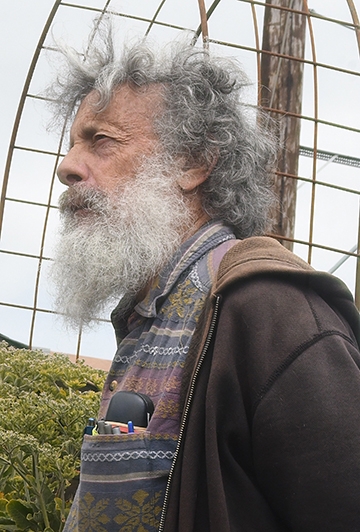
But climate change, aka global warming, may be an equal, if not more, of a factor.
So indicates a 10-member team of scientists, including UC Davis distinguished professor Art Shapiro, Department of Evolution and Ecology, in the March 4th Science journal.
The research article, "Fewer Butterflies Seen by Community Scientists Across the Warming and Drying Landscapes of the American West," sounds a crucial alarm, alerting us to try to find new ways of protecting our fluttering friends.
The abstract:
"Uncertainty remains regarding the role of anthropogenic climate change in declining insect populations, partly because our understanding of biotic response to climate is often complicated by habitat loss and degradation among other compounding stressors. We addressed this challenge by integrating expert and community scientist datasets that include decades of monitoring across more than 70 locations spanning the western United States. We found a 1.6% annual reduction in the number of individual butterflies observed over the past four decades, associated in particular with warming during fall months. The pervasive declines that we report advance our understanding of climate change impacts and suggest that a new approach is needed for butterfly conservation in the region, focused on suites of species with shared habitat or host associations."
Lead author is UC Davis alumnus Matthew "Matt" Forister, the Trevor J. McMinn Endowed Professor in Biology, and Foundation Professor, Department of Biology, University of Nevada. Forister received his doctorate in ecology from UC Davis in 2004.
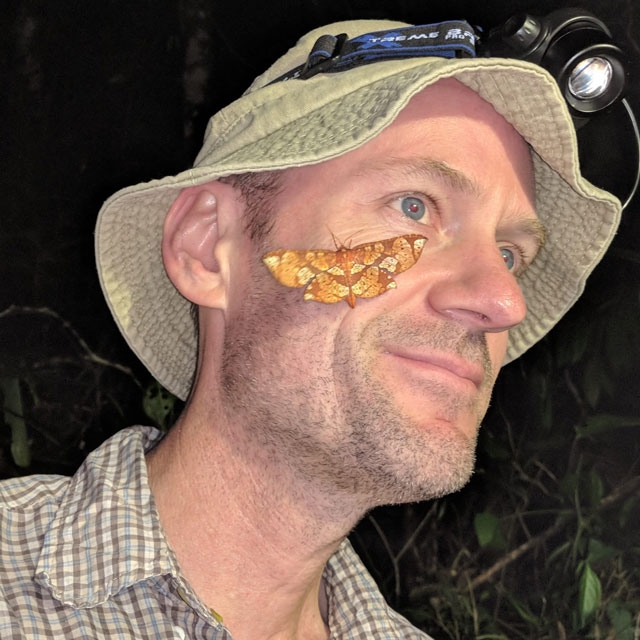
As Pennisi points out, "butterflies are at risk in open spaces, too." She writes: "Art Shapiro, an insect ecologist at the University of California, Davis, and colleagues have shown that over the past 35 years, butterflies are disappearing even in pristine protected areas such as the Sierra Nevada mountain range in the western United States."
"To see whether that finding held up elsewhere, Shapiro and Matthew Forister, an insect ecologist at the University of Nevada, Reno, gathered data from the North American Butterfly Association, which has coordinated community scientist butterfly counts across the United States for more than 42 years. The duo also incorporated 15 years of data from iNaturalist, a web portal that collects sightings of plants and animals, including butterflies. In all, the researchers tracked the fates of 450 butterfly species from 70 locations in the western United States."
The research indicates that the butterfly population in the Western United States has decreased an average of 1.6% per year between 1977 and 2018. "Fifty species declined in at least two of the data sets used, including the Edith's checkerspot (Euphydryas editha), the rural skipper (Ochlodes agricola), and the great copper (Lycaena xanthoides)," Pennisi wrote.
The researchers warn that some species may completely disappear from parts of their ranges in the coming decades, as fall temperatures continue to align with or exceed summer temperatures, impacting breeding cycles and plant dependence.
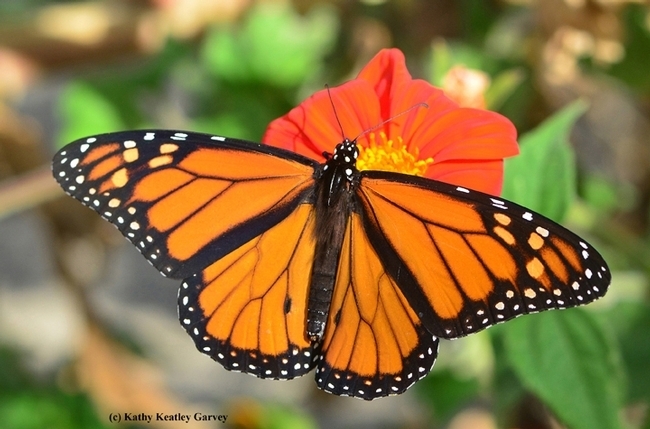
Back in February, 2019, Shapiro told the Environmental Defense Fund's UC Davis meeting on "Recovering the Western Monarch Butterfly Population: Identifying Opportunities for Scaling Monarch Habitat in California's Central Valley," that it's not just monarchs in trouble.
"Monarchs are in trouble in California--but they're hardly alone," Shapiro told the attendees. "If we act as if this is a 'Monarch problem,' we're in danger of missing the real causes of Monarch decline--factors acting at a much broader scale. We've been monitoring entire butterfly faunas--over 150 species--along a transect across California since 1972. Our monitoring sites are matched with climatological data, allowing us to examine statistical relations between climate and butterfly trends. Based on this data set, our group was the first to document and publish evidence of monarch decline here. That's the only reason I'm here."
"At low elevations—below 1000'—entire butterfly faunas have been in long-term decline. We published several papers showing that these declines were about equally correlated with land-use changes and pesticide (especially neonicotinoid) use, with climate change a significant factor but much less important. Remember, these are correlations, not necessarily demonstrations of causation—but they are strongly suggestive. Monarchs were just one of many species going downhill; three once-common species (the Large Marble, Field Crescent and “Common” Sooty-wing) had already gone regionally extinct or nearly so, with others threatening to follow suit."
See more of Shapiro's comments on the March 4, 2019 Bug Squad blog. Read the Science article here.
Attached Images:
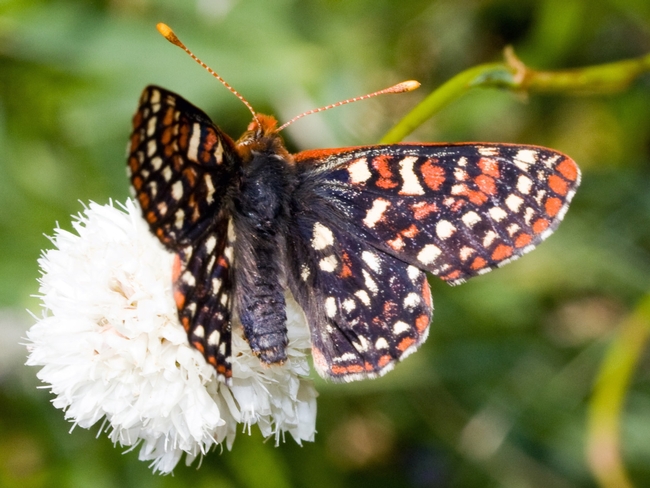
Edith’s checkerspot (Euphydryas editha) is one of the species declining in at least two datasets quoted in the Science publication. (Photo courtesy of Walter Siegmund, Wikipedia)
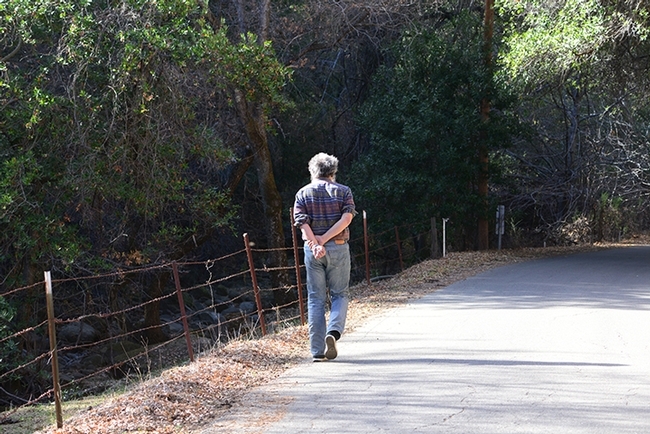
UC Davis distinguished professor Art Shapiro monitoring butterfly populations along Gates Canyon Road, Vacaville. This image was taken Jan. 25, 2014. (Photo by Kathy Keatley Garvey)